
to top
14 September 2024 (Saturday)
Hong Kong / Beijing Time: 10 am – 2 pm | Tokyo Time: 11 am – 3 pm | Paris Time: 4 am – 8 am | San Francisco / Los Angeles Time: 13 September, 7pm – 11pm
Online via Zoom Webinar | Presentations in Chinese, English, and Japanese with simultaneous interpretation in three languages
The Bei Shan Tang Conservation Seminar Series (the “Seminar”) invites conservation experts and scholars from around the world to share the latest theories, research, and trends in conservation, promoting the understanding of culture, ethics, and values behind the conservation of Chinese art and artefacts.
Chinese lacquerware is deeply rooted in the historical traditions of Asian Art, shaped by cultural exchanges, global trade, and local adaptations. This year’s Seminar, titled “Lacquered Enchantment: Conservation and Scientific Analysis of Lacquerware”, will share case studies on the creation and restoration of lacquerware, as well as related scientific analyses from China, Japan, and France. By examining these examples, the Seminar will explore the modern manifestations of this traditional craft and consider how museums can better understand and present the cross-cultural production, circulation, and consumption of lacquer art globally.
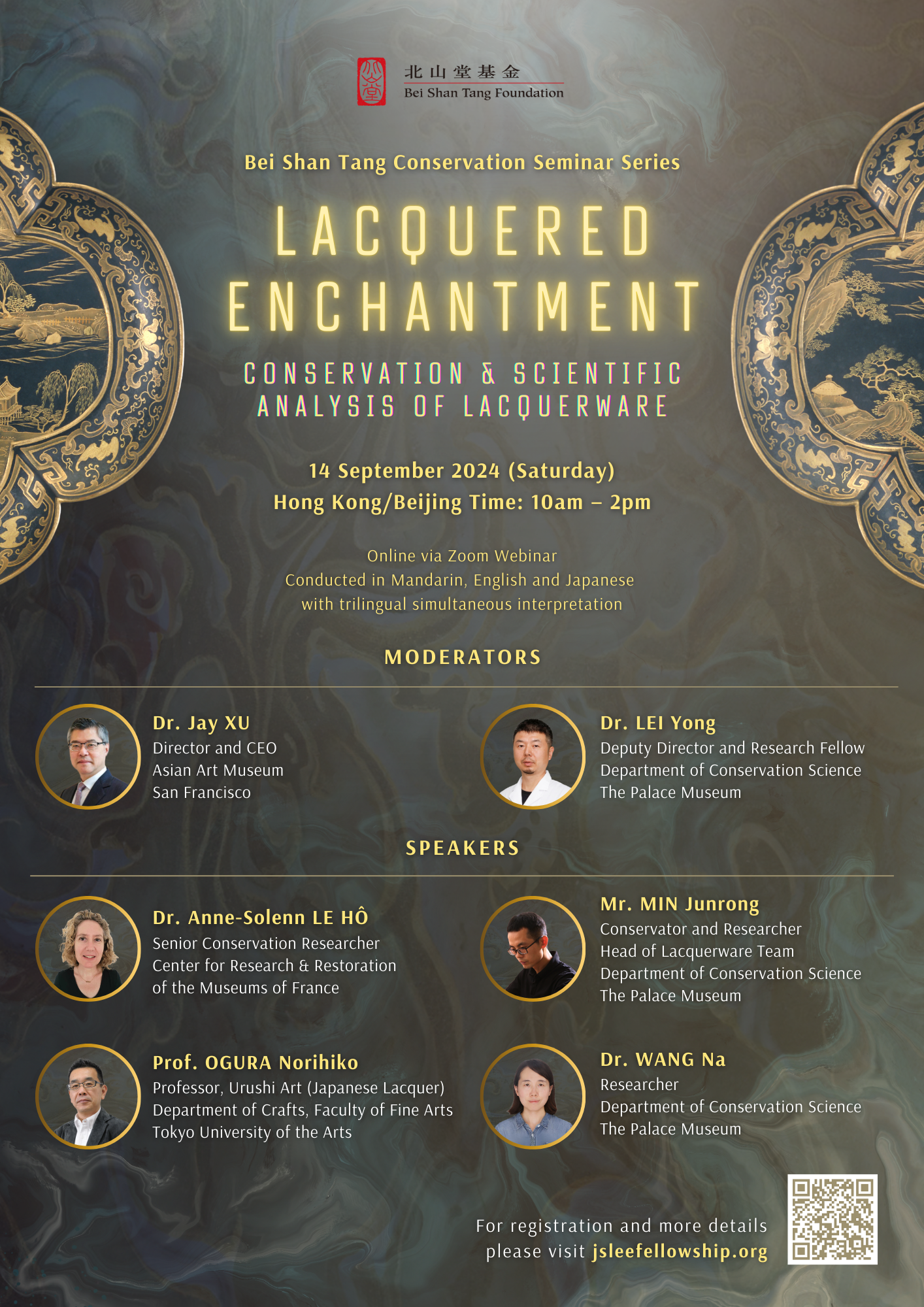
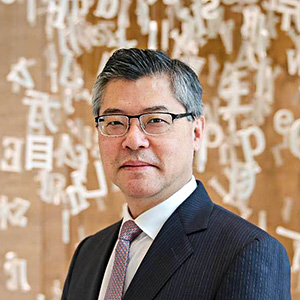
Dr. Jay XU (Moderator)
Director and CEO, Asian Art Museum, San Francisco | Fellow of the American Academy of Arts and Science
Dr. Jay Xu has been Director and CEO of the Asian Art Museum of San Francisco since 2008 and is the first Chinese American director at a major art museum in the United States. An award-winning scholar of Chinese art, Dr. Xu focuses his academic research particularly on ancient Chinese bronzes and archaeology, and has also worked on topics in Chinese painting and calligraphy, Chinese ceramics, history of Chinese art collecting and museum development, and contemporary Chinese art. He lectures extensively on Asian art, including contemporary art, and on museum practice.
Dr. Xu has had forty years of international museum experience, having served as Head of the Asian Art department and Chairman of the Department of Asian and Ancient Art at the Art Institute of Chicago (2003–08), Curator of Chinese art at the Seattle Art Museum (1996–2003), Research Fellow at The Metropolitan Museum of Art, New York (1995–96), and assistant to the museum director at the Shanghai Museum (1983–1990). He is a member of the Committee of 100 and the first Asian American museum director elected to the American Academy of Arts and Sciences. Dr. Xu holds an MA and a PhD in early Chinese art and archaeology from Princeton University.
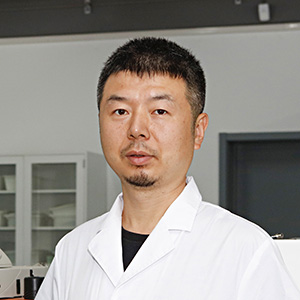
Dr. LEI Yong (Moderator)
Deputy Director and Research Fellow, Department of Conservation Science, The Palace Museum
Dr. Lei Yong is the Deputy Director and Researcher at the Conservation Department of The Palace Museum and the Head of Key Laboratory of Conservation for Painting and Calligraphy, overseen by the Ministry of Culture and Tourism. Since joining The Palace Museum in 2004, he has been engaged mainly in the scientific analysis and research on coloured paintings, ceramics, lacquerware, organic dyes, and textiles. He is particularly interested in the identification of pigments, dye and polychrome stratigraphy, organic dye identification and fading studies, micro- and nano-scale analysis of ancient materials, and non-invasive analysis of paintings and calligraphy. He has published dozens of papers in domestic and foreign journals and has participated in many international academic conferences. Dr. Lei obtained his B.A. in History from the Northwest University, M.A. in History from Peking University, and Ph.D. in Science from the Institute of High Energy Physics at the Chinese Academy of Sciences. He is also a fellow at the International Institute for Conservation of Historic and Artistic Works (IIC) and the Coordinator of the Scientific Research Working Group of ICOM-CC.
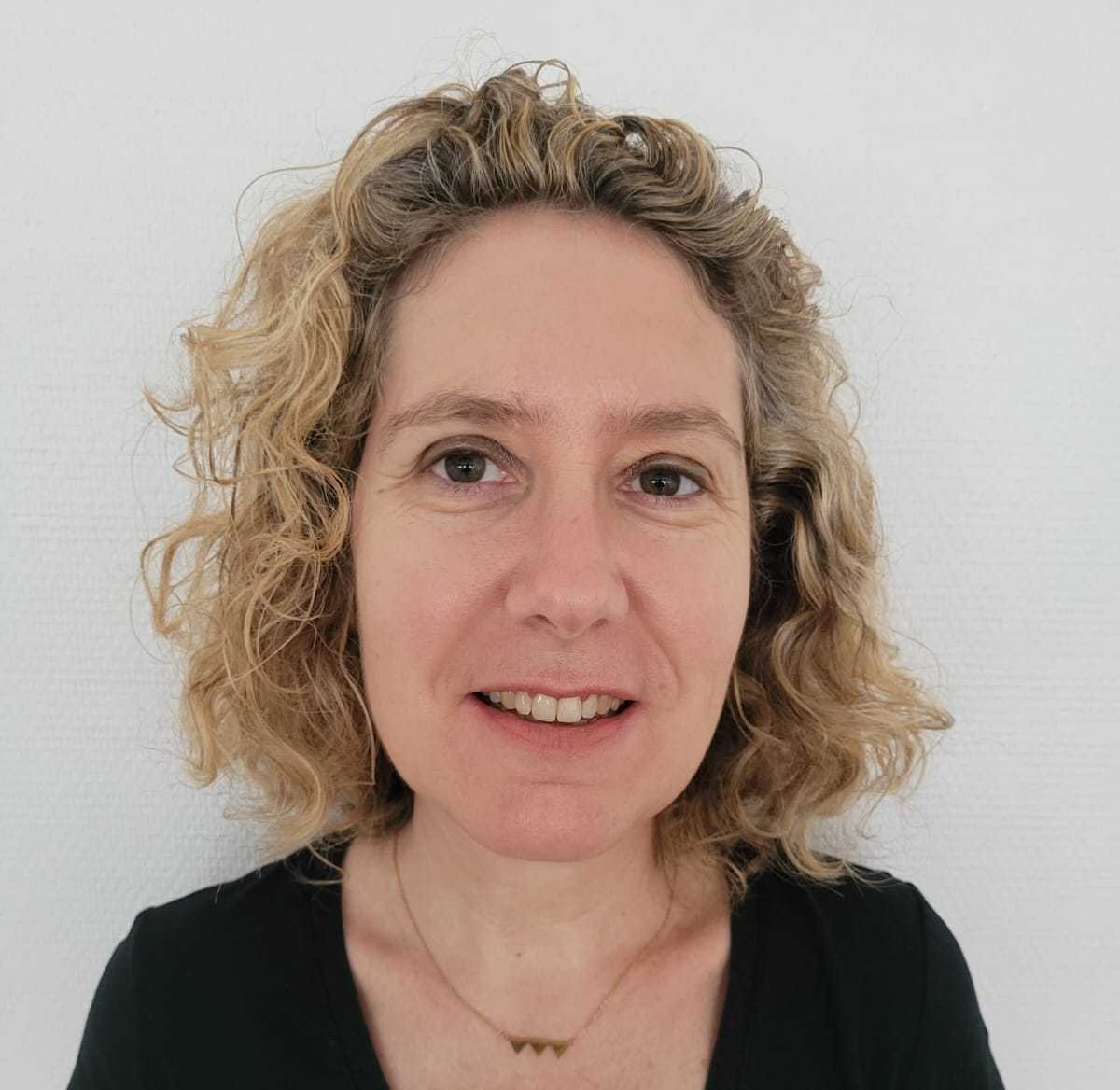
Dr. Anne-Solenn LE HÔ (Speaker)
Senior Conservation Researcher, Center for Research and Restoration of the Museums of France
Dr. Anne-Solenn Le Hô is a Senior Conservation Researcher at Center for Research and Restoration of the Museums of France (C2RMF, Paris) at the Louvre in Paris. After receiving a PhD in physics and industrial experiences in the field of advanced aeronautical materials, she is now responsible for planning and conducting scientific research on paintings and painted artefacts for the 1,200 French public museums, including the Louvre. She is also a member of the French National Centre for Scientific Research (CNRS-IRCP PSL University).
Often in collaboration with academic, museum, and restoration partners, Dr. Le Hô’s research focuses on the application and development of analytical strategies. She develops and implements projects on archaeometry, and conservation approaches related to pigments and their interaction with organic matter in paintings, dyes, lacquer, and plaster. She has been on the organizing and scientific committees of different workshops (lacquers, varnishes, pigments, and paintings) and the International Conference on Innovation in Art Research and Technology (inArt 2020 and 2022).
Apart from publishing scientific and conservation works, essays in museums, and exhibition catalogues, Dr. Le Hô also has extensive editing experiences as guest editor and member of scientific committees for books and special issues in cultural heritage.
Contacts between Asian and European cultures have encouraged the exchange of artistic knowledge and practices. Lacquer stands as a fascinating testament to these interactions and influences. Dr. Le Hô’s presentation will outline the scientific analysis and research conducted on Asian lacquerware housed and exhibited in French museums, examining them from technical, historical, and conservation perspectives.
Within the diverse array of artworks, lacquerware is described as “the most perfect objects which have ever been issued from the hands of man,” as noted by a French historian in 1886, highlighting its profound allure in the Western world.
The introduction of Asian lacquerware to Europe during the 16th century through maritime trade marked a significant cultural exchange. Despite being crafted from an unfamiliar material in the Western world, these exquisite pieces found their way into Western museums, captivating audiences with their technical brilliance and aesthetic charm. Subsequently, in the 18th century, French varnishers and painters established lacquer manufactories, further illustrating the enduring appeal of Asian lacquer craftsmanship.
Preserving lacquerware signifies a critical challenge. Given the differing climatic conditions between Asia and Europe, particularly the generally drier environment in the West, safeguarding lacquered artifacts demands a precise understanding of their construction, history, and how they react to environmental factors. The conservation efforts necessitate a thorough comprehension of how these objects transform in response to their surroundings, enabling the implementation of appropriate protective measures.
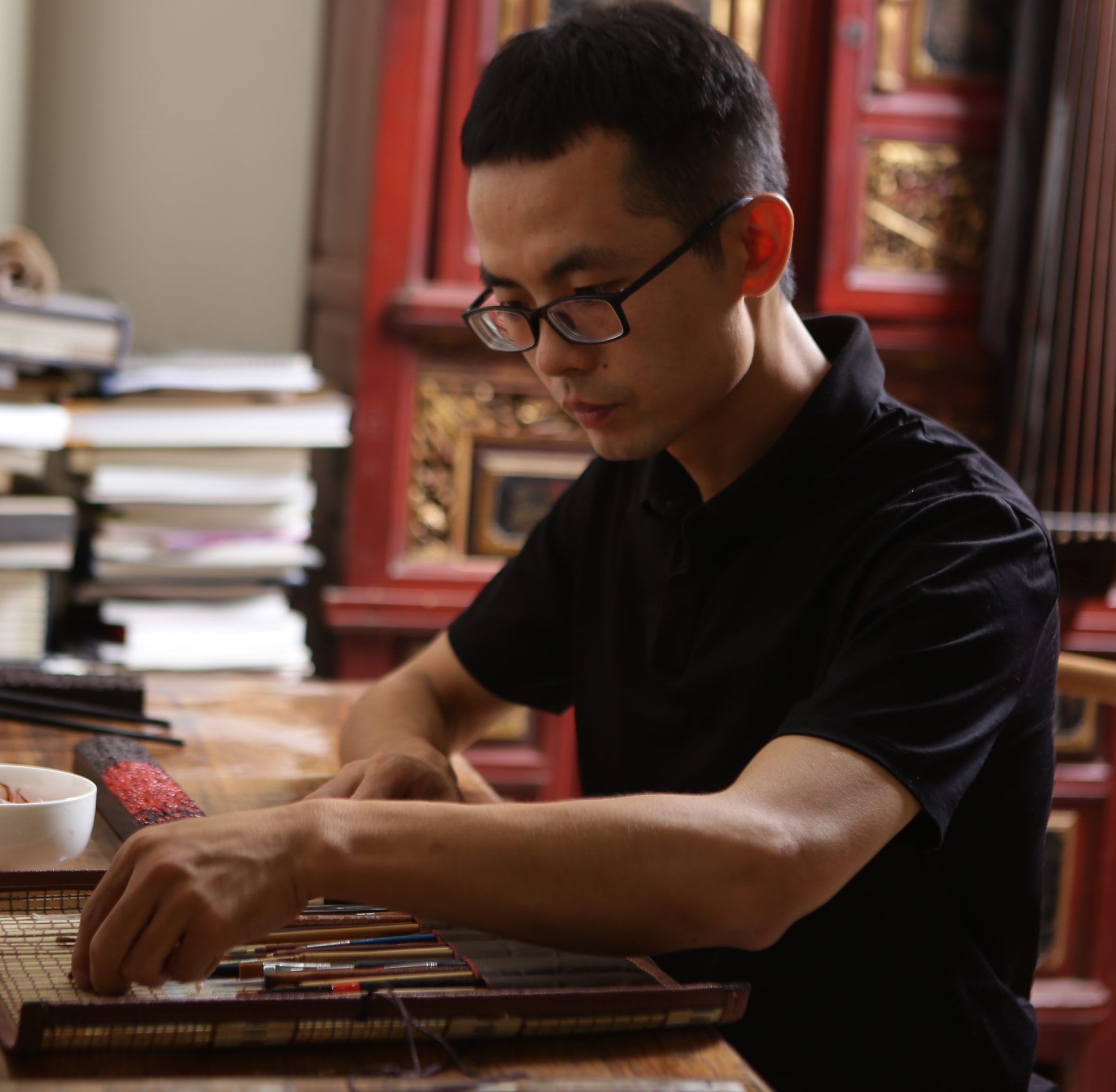
Mr. MIN Junrong (Speaker)
Conservator and Researcher; Head of Lacquerware Team, Department of Conservation Science; Director, Lacquerware Research Institute, The Palace Museum
Mr. Min Junrong is Head of the Lacquerware Team in the Department of Conservation Science and Director of the Lacquerware Research Institute at the Palace Museum. Graduated from the Academy of Arts and Design of Tsinghua University with a major in lacquer art in 2004, he has been engaged in the conservation of lacquerware at The Palace Museum. By restoring and engaging with ancient lacquer artefacts, Mr. Min has gained deep expertise in the lacquering craft and worked to preserve and recreate the fundamental principles of this traditional craftmanship. Mr. Min has participated in various projects including the protection experiment of the Golden Throne in Hall of Supreme Harmony (Taihe Hall), the conservation of the bamboo painting and lacquer decoration in the inner eaves of The Lodge of Retirement (Juanqinzhai) and the Guqin collection, as well as the replication of the Golden Throne in Hall of Imperial Supremacy (Huangji Hall). He has also taken part in a number of lacquerware art research projects under the State Administration of Cultural Heritage of China, the Palace Museum, and Tsinghua University, including “The Scientific Research of Traditional Heritage Preservation Techniques”; “Restoration Methodologies for Chinese Lacquerwares”; “Lacquering practices in Rare Book Cabinets in the Qing Dynasty”, and so on.
The Palace Museum houses a magnificent collection of over 20,000 exquisite pieces of heirloom lacquerware. This impressive array includes a vast variety of functional objects, including study essentials, musical instruments, weapons, carriages, horses, sedan chairs, and even architectural elements like interior eaves. The conservation and preservation of these invaluable cultural treasures is an arduous undertaking. In this presentation, Mr. Min will share insights into the technical developments in restoring and replicating lacquerware at the Palace Museum. He will hence discuss the conceptual differences in conservation between ancient and modern times, and in context of China and beyond. Other issues he will probe into include the integration of restoration techniques and scientific testing, and how traditional techniques are inherited and innovated.
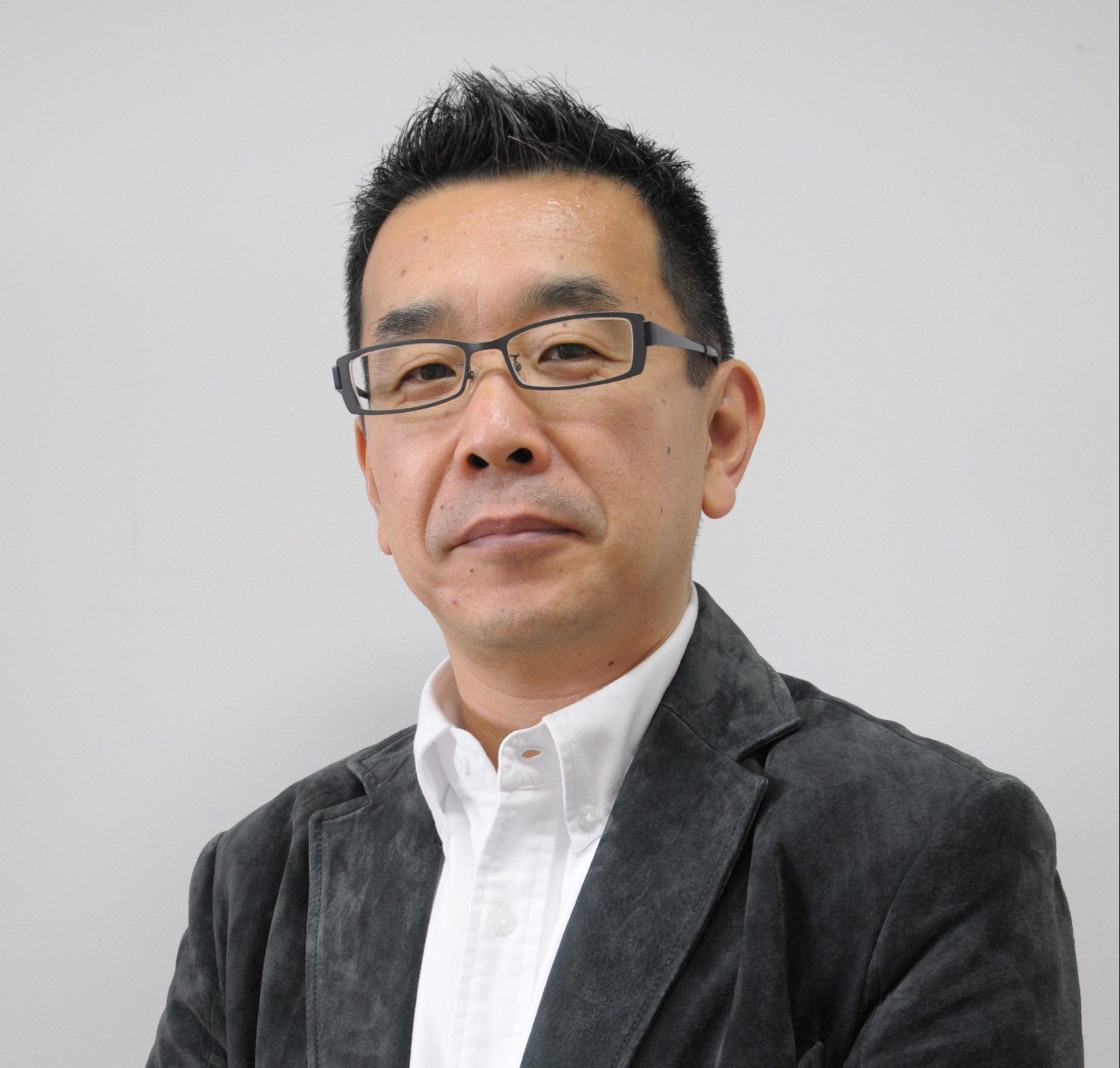
Prof. OGURA Norihiko (Speaker)
Professor, Urushi Art (Japanese Lacquer), Department of Crafts, Faculty of Fine Arts, Tokyo University of the Arts
Currently a Professor of Urushi Art at Tokyo University of the Arts, Prof. Ogura Norihiko is an accomplished Japanese Lacquer artist specializing in integrating maki-e and mother-of-pearl inlay. After obtaining his M.F.A. in Urushi Art from the Department of Crafts at Tokyo University of The Arts in 1985, he worked with Yoshikuni Taguchi, the Japanese maki-e master who was honoured by the Japanese government as a “Holder of Important Intangible Cultural Property” (also known as “Living National Treasure”). Throughout his career, Prof. Ogura has gained wide recognition for his work, receiving prestigious awards such as the “Commissioner for Cultural Affairs Award” at the 3rd Lacquerware Traditional Kōgei Exhibition in 1986, the “Tokyo Governor Award” at the 38th Japan Traditional Kōgei Exhibition in 1991, the “Japan Kōgei Association Award” at the 14th Lacquerware Traditional Kōgei Exhibition in 1997, the Silver and Bronze Prizes at the 12th Cross-Straits Fair for Economy and Trade in China, the Medal with Purple Ribbon from the Japanese Emperor in 2011, and the 4th “Japan Artistic Award” from the Japanese Arts Foundation in 2012.
Prof. Ogura has held numerous solo exhibitions showcasing his mastery in traditional and contemporary Urushi Art to international audiences. His works are also featured in public collections worldwide, including institutions such as Tokyo National Museum and Foundation Hasegawa Machiko Art Museum in Japan, Hubei Museum of Art in China, Victoria & Albert Museum in the United Kingdom, and Buenos Aires Museum of Modern Art in Argentina.
Prof. Ogura’s presentation will be focusing on the craftmanship of his lacquer art pieces, which mainly consist of decorative lacquer boxes. Japanese lacquer boxes have long been a creative medium to showcase traditional craftmanship, with their diverse styles earliest seen in Heian period (794–1185). These cultural gems are way beyond functional objects, as they are often considered as a crucial form of traditional art.
Prof. Ogura’s decorative lacquer boxes are usually made with the Japanese lacquer art technique, maki-e. Building on this traditional expertise, Prof. Ogura completed his works with a modern twist. To emphasize the whiteness on the surface, mother-of-pearl is inlayed through the hidden-colouring skill. This polished maki-e process is done by applying his own unique method to generate watercolour-like effects, namely bleeding and gradation. Thin white butterfly shells are first inserted, the split-shell technique is then employed to fit the curved surface. Silver powder is finally layered onto the mother-of-pearl to create a smooth and polished finish.
This mastery in carrying forward the ancient craftsmanship may be the key to promoting Asian lacquer art culture. At the same time, it could also provide valuable insights for the contemporary restoration and preservation of lacquerware.
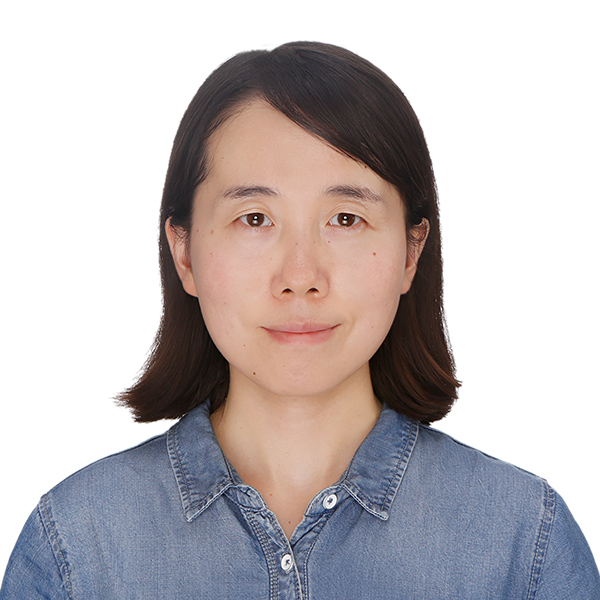
Dr. WANG Na (Speaker)
Researcher, Department of Conservation Science, The Palace Museum
Dr. Wang Na joined the Palace Museum in 2015 and is currently a Researcher in its Department of Conservation Science. She holds a bachelor’s degree in Applied Chemistry, a master’s degree in Analytical Chemistry, and a PhD in Materials Science and Engineering from Xi’an Jiaotong University.
Dr. Wang’s research focuses on the analysis of lacquerware and organic raw materials in cultural relics. She primarily conducts research on the raw materials, craftsmanship, and deterioration of ancient Chinese lacquerware using technologies such as pyrolysis-gas chromatography/mass spectrometry and cross-sectional analysis. Dr. Wang has led a project under the National Natural Science Foundation of China, and a scientific research project at the Palace Museum. She has also participated as a core member in two key Research and Development (R&D) projects under China’s 13th Five-Year Plan. She has published a number of articles in journals such as SCIENCE CHINA Technological Sciences, Microchemical Journal, Journal of Archaeological Science: Reports, Sciences of Conservation and Archaeology, Chinese Journal of Analytical Chemistry, and Chinese Journal of Chromatography.
Both the authentic reappearance of ancient lacquering craftmanship and the scientific assessment of lacquerware relics’ preservation state, require the help of scientific analysis. Dr. Wang is going to introduce how to identify microstructure and raw materials in each part of lacquerware, including the body, the mortar layer, and the lacquered layer, with the comprehensive application of modern analytical techniques, such as microscopic analysis, Pyrolysis-Gas Chromatography/Mass Spectrometry, Infrared Spectroscopy, and X-ray Fluorescence. Combined with typical case studies, this presentation will discuss how to recover ancient Chinese lacquering techniques based on scientific analysis and will explore the characteristics of lacquering techniques in different eras. Since light is an important factor leading to the aging of lacquer, and lacquerware handed down from Ming and Qing dynasties is more susceptible to light, latest research progress regarding the photo-oxidation of lacquerware in Ming and Qing dynasties will also be delineated in Dr. Wang’s presentation.